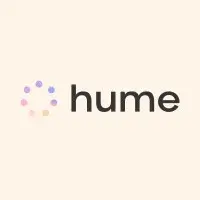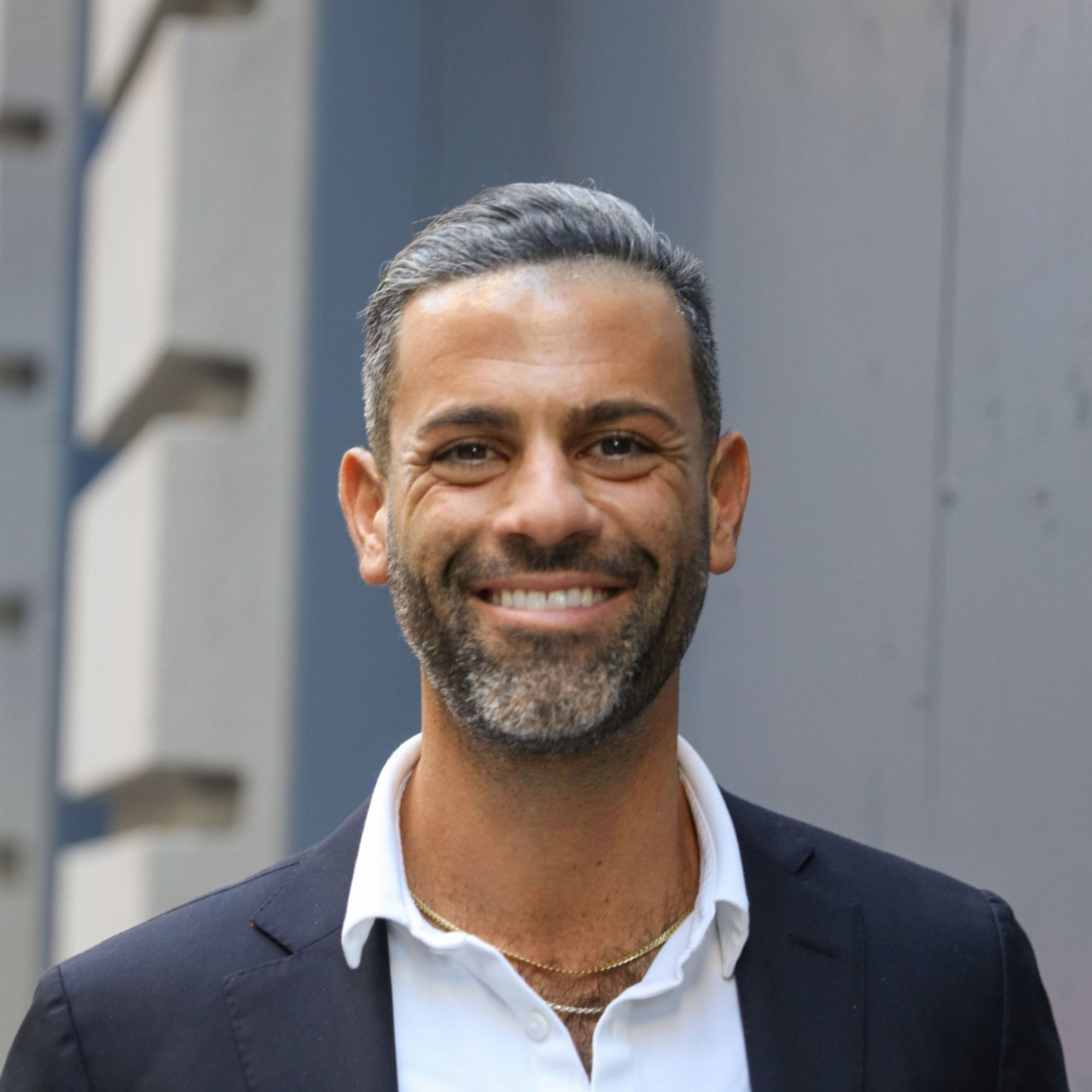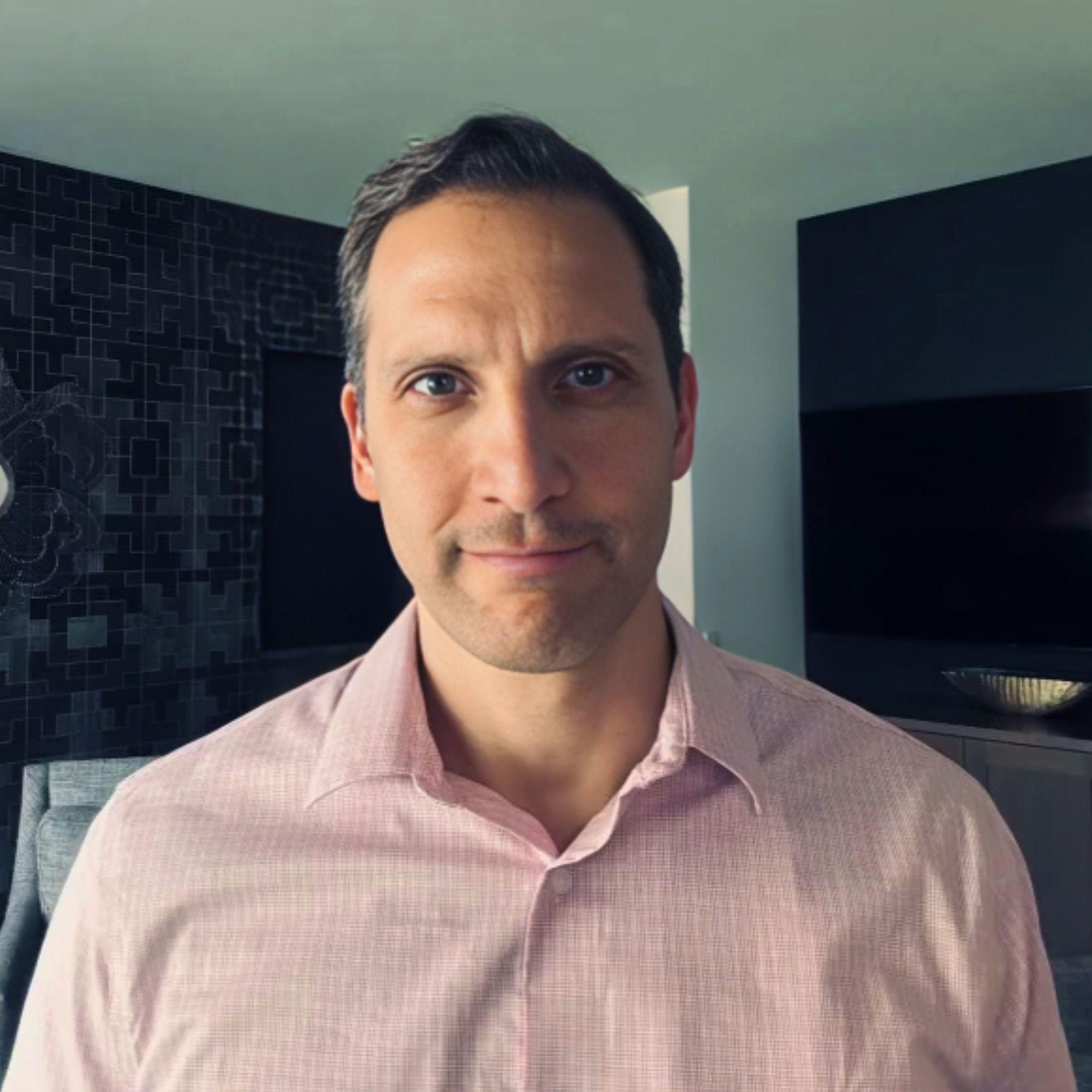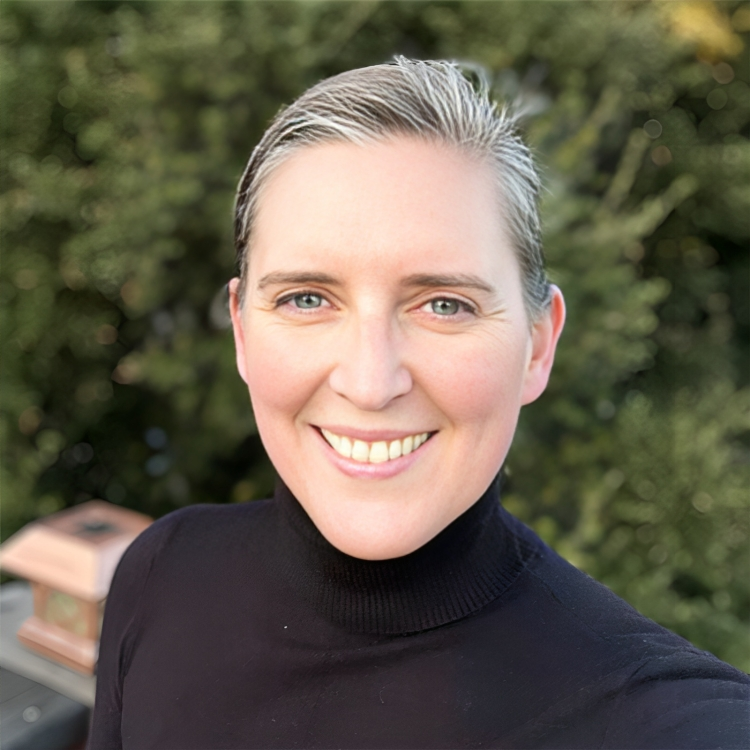Ready to launch your own podcast? Book a strategy call.
Frontlines.io | Where B2B Founders Talk GTM.
Strategic Communications Advisory For Visionary Founders
Conversation
Highlights
When David Plon made his first stock trade in seventh grade, buying shares of Apache Oil in his dad’s E*TRADE account, he couldn’t have known he was taking the first step toward revolutionizing investment research. Today, as CEO and Co-Founder of Portrait Analytics, which has raised $10 million in funding, he’s building an AI-powered thought partner that’s transforming how institutional investors conduct research.
In a recent episode of Category Visionaries, David shared how Portrait Analytics is tackling one of the most interesting challenges in AI adoption: getting sophisticated users to trust AI-generated insights in high-stakes decisions.
The Pattern-Matching Epiphany
The spark for Portrait came during David’s time at Stanford Business School between 2015 and 2017. As deep learning entered the zeitgeist and the Transformer paper was published, he noticed something fascinating: “I was just very curious about the idea of large-scale pattern matching that machines were doing being similar to the large-scale pattern matching that great human investors do.”
This observation led to years of experimentation, culminating in a breakthrough moment with GPT-3. “Once I got to a point where I was fine-tuning very early versions of GPT-3 to recreate, analyzing or summarizing earnings calls to the point where I couldn’t tell the difference between something the model was writing and what I was writing, it became really clear to me that this technology would be wildly impactful.”
Redefining the AI Product Playbook
Portrait’s approach to building and selling AI solutions breaks from conventional wisdom in several important ways. Most notably, they’ve discovered that successful AI adoption isn’t about the technology itself.
“AI is a how, not a what,” David explains. “The user shouldn’t care whether Portrait is being powered by AI or powered by a hundred analysts who are constantly slamming on their keyboard to respond to our users. Ultimately what the user should get is really value additive insights and research outputs.”
This philosophy shapes everything from their product development to their go-to-market strategy. Instead of creating a new budget category for AI technology, they position Portrait as an alternative to hiring junior analysts – connecting to existing spending patterns and familiar value propositions.
Finding the Right Early Adopters
One of Portrait’s most interesting discoveries has been how to identify ideal early adopters. “The customers I love meeting are those who have hacked together their own basic implementation using something like anthropic projects or GPTs on OpenAI,” David shares. “There’s no better tell than someone that cares enough that they’ve invested time and money into actually trying to do some of this themselves.”
These users are particularly valuable because they’ve already experienced the limitations of basic AI tools, making them more receptive to a purpose-built solution. As David puts it, “Your solution is so much more relevant for them because they’ve run into the friction points that having a fully built, purpose-built product for this job gets rid of.”
Content Marketing That Proves Value
Portrait has developed an elegant solution to the challenge of marketing AI capabilities: they use their own product to generate their marketing content. “The nice thing about Portrait is it ultimately is generating content and research insights. We share those on our LinkedIn page and just get a ton of engagement.”
This approach creates a natural demonstration of their platform’s capabilities while providing genuine value to their audience. When reaching out to prospects, they take this even further: “If we’re going to email someone… one of my favorite things to do is look at their holdings and send them an insight or output that’s going to be highly relevant for them.”
The Future of Investment Research
Looking ahead, David envisions a fundamental transformation in how investment firms operate. He predicts they’ll increasingly resemble quantitative firms like Renaissance Technologies, where sophisticated AI systems handle much of the analysis and synthesis.
“I could imagine in five years, most investment firms end up looking something like great quant firms today or some sort of hybrid thereof where the humans are doing things that are uniquely human around kind of novel idea creation and data and research acquisition.”
This vision positions Portrait Analytics at the forefront of a major shift in institutional investing, where AI becomes the central synthesis engine for investment research – not replacing human analysts, but dramatically expanding their capabilities and reach.
The lesson for other B2B founders? Sometimes the most successful AI products are the ones that focus least on AI itself, and most on the concrete progress users want to make. As David’s journey shows, the key is understanding exactly how your technology can enhance existing workflows rather than trying to create entirely new ones.
Actionable
Takeaways
Leverage trusted relationships for early validation:
Plon's industry experience and network provided crucial early adopters who could bridge the credibility gap for a novel AI solution. When launching innovative technology, founders should identify and activate relationships where trust can overcome initial skepticism about new approaches.
Focus on jobs-to-be-done over features:
Portrait succeeded by deeply understanding specific research workflows and tasks investors need to accomplish, rather than leading with AI capabilities. Plon explains, "AI is a how, not a what." B2B founders should focus messaging on the concrete progress users want to make rather than the underlying technology.
Identify natural product-qualified leads:
Portrait targets users who have already attempted DIY solutions with tools like ChatGPT, indicating both pain awareness and willingness to adopt AI solutions. B2B founders should look for similar revealed preferences that suggest prospect readiness for their solution.
Position AI products as team members:
Rather than creating a new budget category, Portrait positions its solution as an alternative to hiring junior analysts - connecting to existing buying patterns. B2B founders should align their value proposition with familiar purchasing decisions their target buyers already make.
Build content marketing flywheels:
Portrait leverages the research insights their platform generates as marketing content, creating a natural loop between product value and audience building. B2B founders should identify similar opportunities where their product's output can fuel marketing efforts.











